First Nations' Relationship to the Land
Indigenous peoples have the right to maintain and strengthen their distinctive spiritual relationship with their traditionally owned or otherwise...
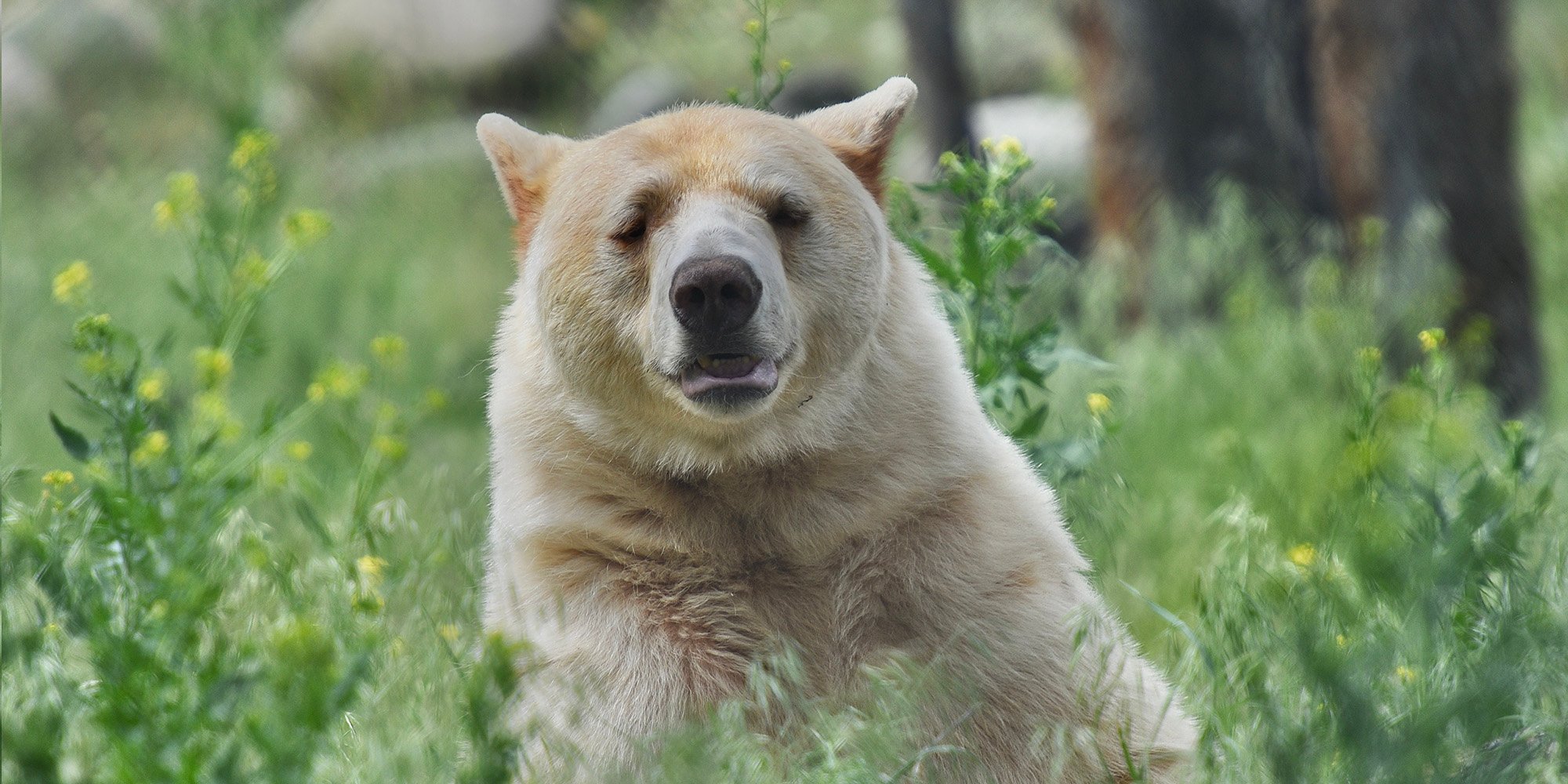
In my travels to deliver an on-site training workshop earlier this week I was blessed to see a Spirit Bear or Kermode Bear up close and personal and even had a chance to take some pictures and a video.
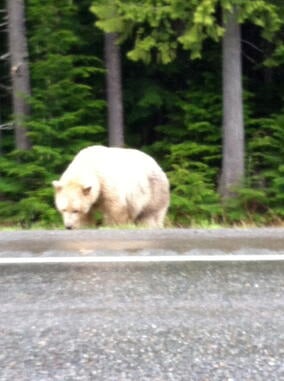
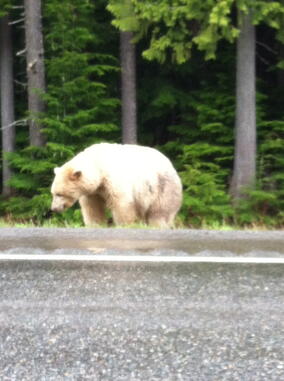
I thought what a great opportunity to learn more about the Spirit Bear. With a little bit of help, we came up with a First Nation perspective from the Spirit Bear Lodge website and this is what they had to say:
It is here in the Great Bear Rainforest that the Kitasoo/Xai’xais First Nation has lived since time immemorial. They have shared the forest and the salmon with a very special creature they call moskgm’ol (white bear).
Their legend of the origin of moskgm’ol holds that "Goo-wee (Raven) made one in every ten black bears white to remind the people of a time when glaciers covered this land and how the people should be thankful of the lush and bountiful land of today." Many of the Kitasoo/Xai’xais believe the Spirit Bears hold super-natural powers, hence the name Spirit Bear – a name that suits its mythical like presence.
We also found additional Spirit Bear or Kermode Bear facts from the Province of BC News Release website:
- Named after Frank Kermode, former director of the Royal B.C. Museum, Victoria.
- The Kermode, or Spirit Bear, is a black bear that has white fur due to a rare genetic trait.
- The bear is not albino, as it typically has a brown nose and eyes.
- The greatest concentration of Spirit Bears are found on the Central Coast and North Coast of British Columbia, Canada, but have been documented in northeast British Columbia and as far east in North America as Minnesota.
- In British Columbia, the greatest number of Spirit Bears are found on Princess Royal Island, where as many as one-tenth of the black bears born are white.
- In British Columbia, it is illegal to hunt the Spirit Bear.
- The Spirit Bear, like most black bears, weighs about half a pound when born and generally between 150-300 pounds when fully grown.
- The bear’s body length, measured from the tip of the nose to the tip of the tail, averages between four and six feet. Its height, measured from the bottom of the paw flat on the ground to the highest part of the shoulders, is between two-and-a-half and three feet.
- Spirit bears, like most black bears, are omnivores. They eat berries, nuts, fruits, roots, grasses and other plants, insects, deer and moose fawns, carrion and, during the salmon season from late summer through fall, spawning salmon.
- They are usually solitary, except females with offspring. Males keep large home ranges overlapping with smaller ranges of several females.
- Females reach sexual maturity at three to four years of age. Mating takes place during the summer months, with gestation taking about 220 days. Cubs are born in their mother’s winter den in January or February, and are weaned at about eight months, but may remain with their mother for up to a year-and-a-half, when she is ready to mate again.
- Spirit bears can run up to 55 km per hour.
- They can go without food for up to seven months during hibernation in northern areas.
- Spirit bears can live for more than 25 years in the wild.
When working with Indigenous Peoples refer to the bear first as the Spirit Bear then the Kermode Bear. For example, “You'll never guess what I saw the other day! A Spirit Bear or Kermode Bear.” If you really want to show high respect and you are working directly with the Kitasoo/Xai’xais you can refer to it as the moskgm’ol. Be sure to get the pronunciations correct though as all goodwill can be lost with poor pronunciation.
Featured photo: Pixabay
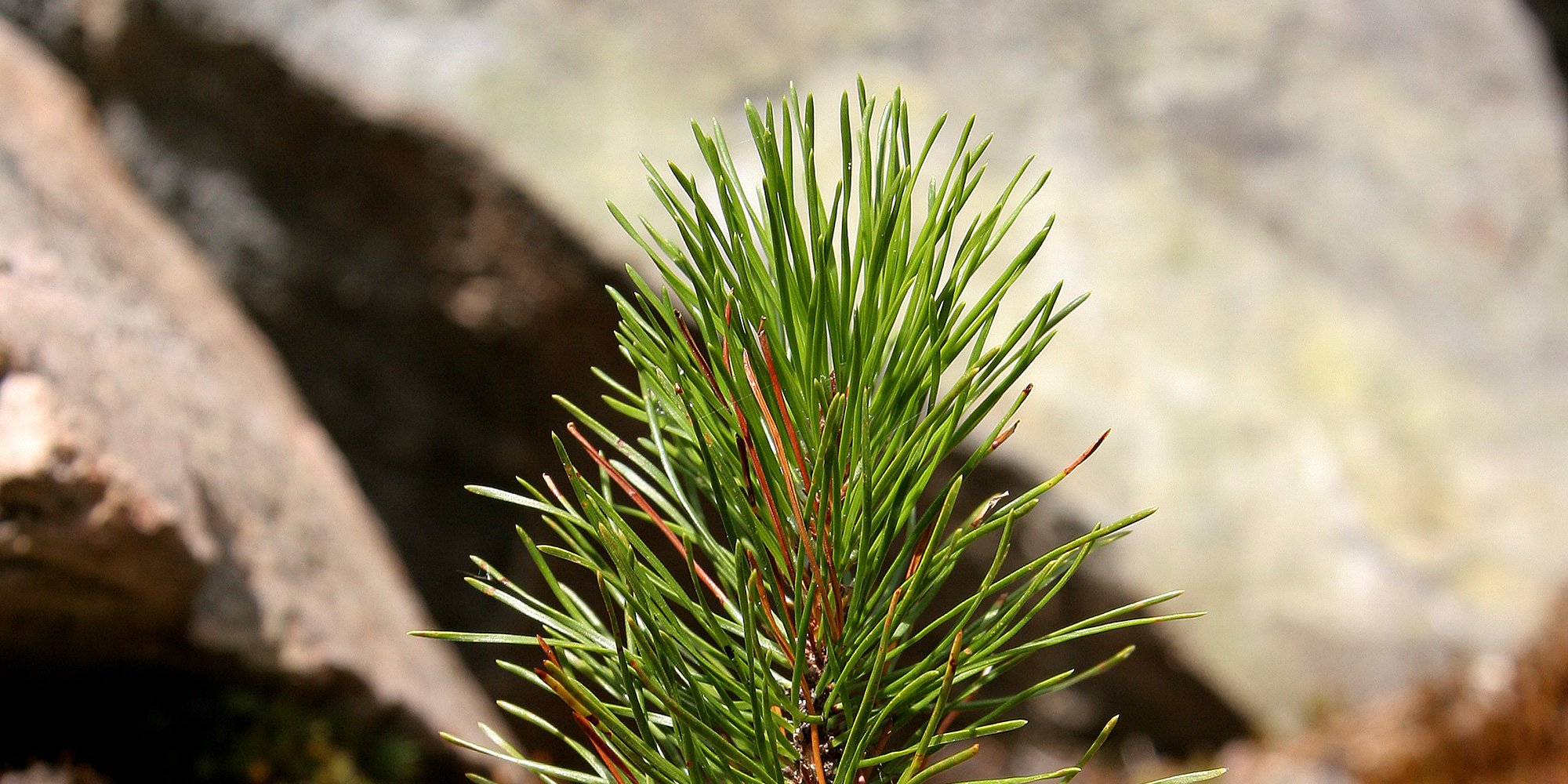
Indigenous peoples have the right to maintain and strengthen their distinctive spiritual relationship with their traditionally owned or otherwise...
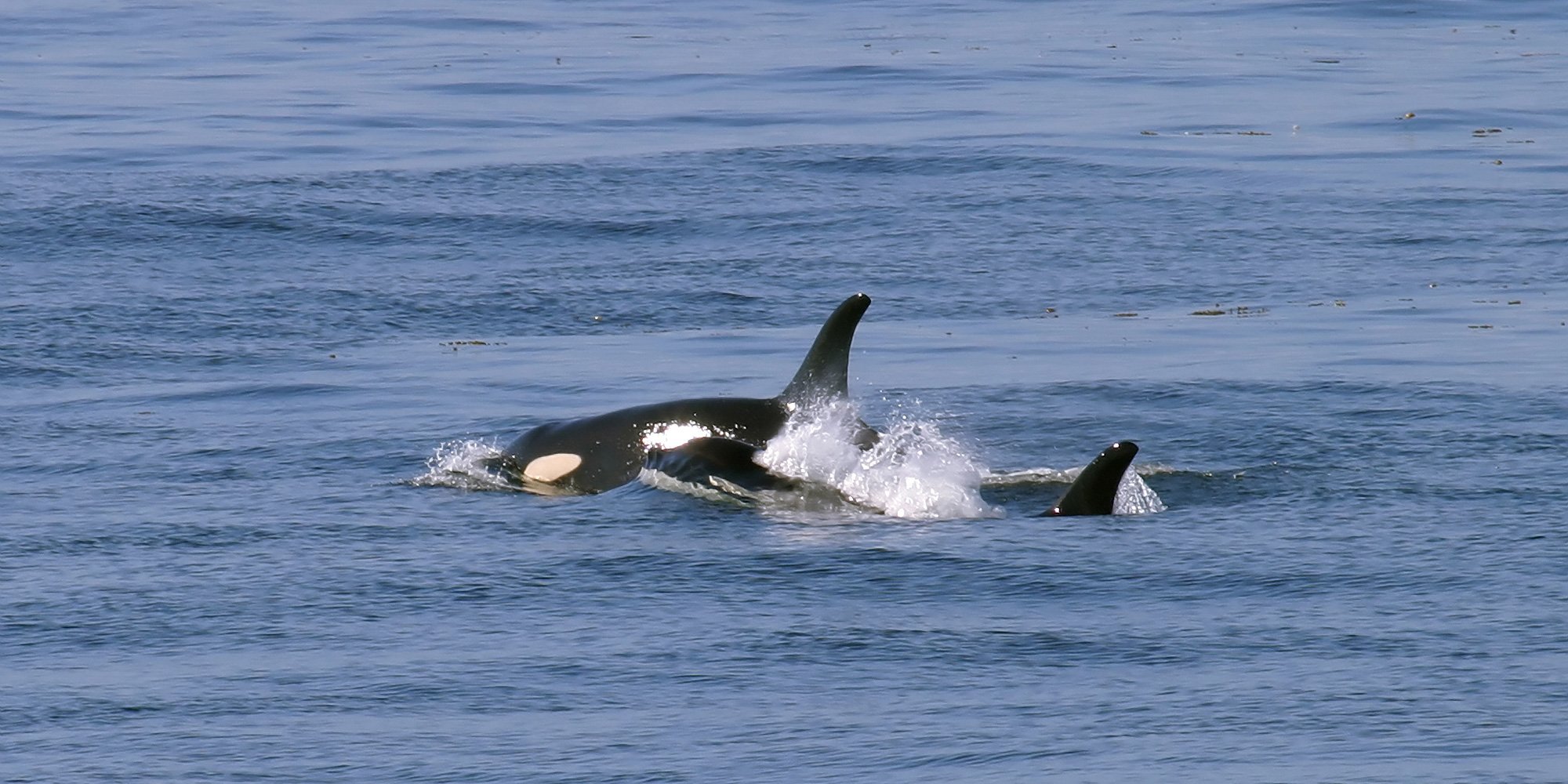
From time to time people ask me about the relationship between Indigenous peoples and animals. For some, the knowledge of the natural world - the land
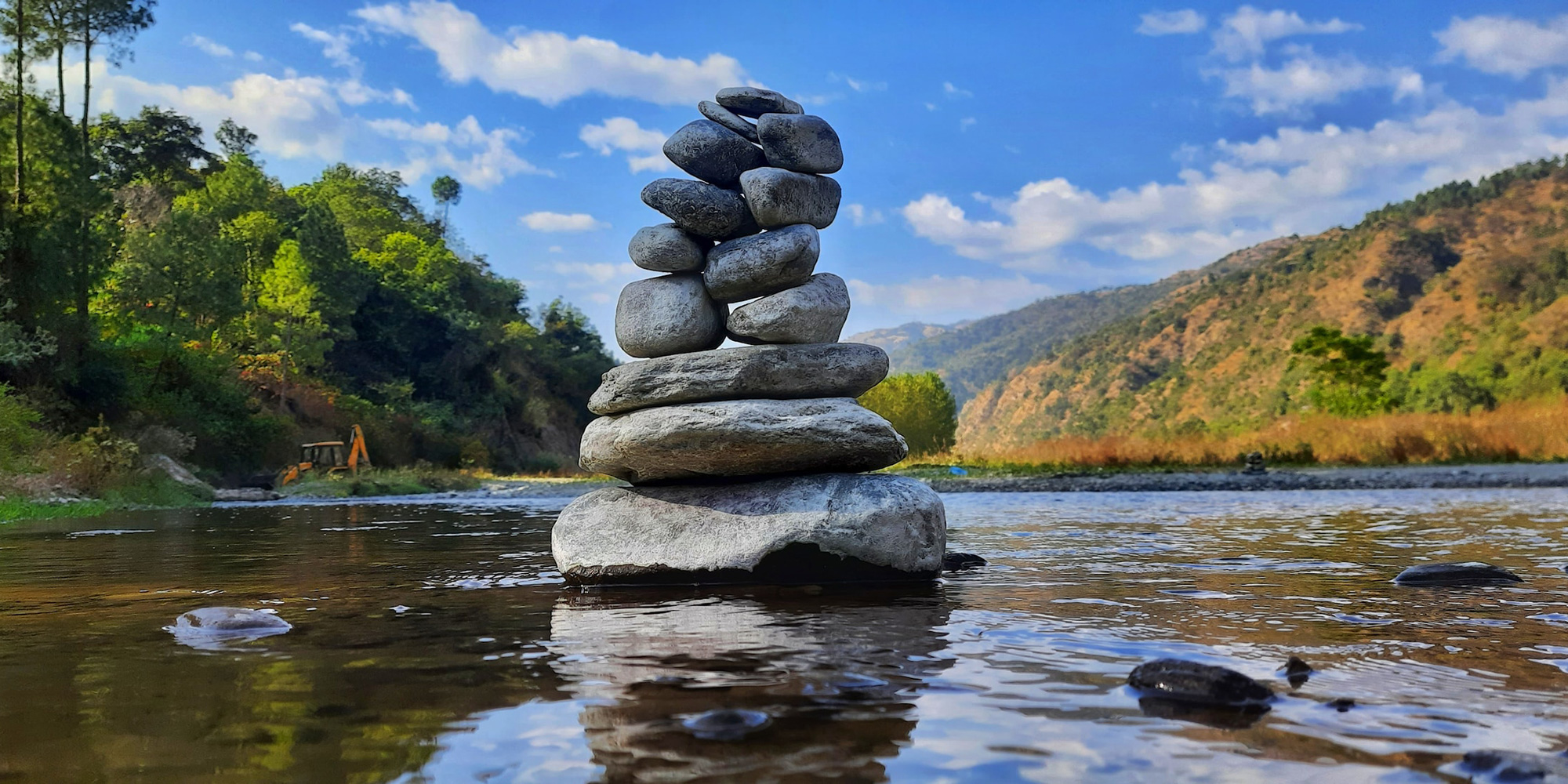
In 2017, we had just over 816,000 visitors to our blog Working Effectively with Indigenous Peoples® looking for information on a wide variety of...